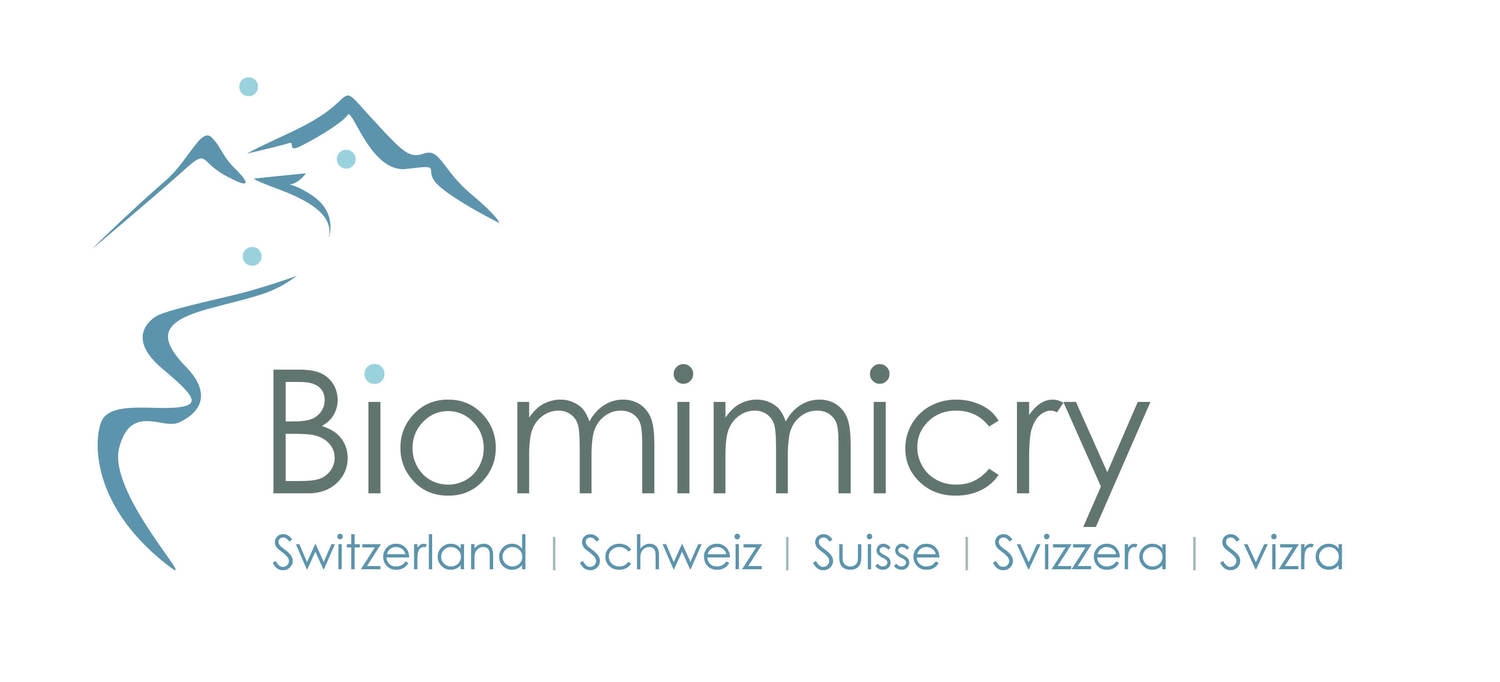Projects and Initiatives
Biomimicry Switzerland’s team is involved in a number of local and regional initiatives, both independently and in collaboration with other organizations. Our projects are designed to accelerate the education, development and practice of biomimicry in Switzerland and demonstrate the viability of applying biomimicry to unique challenges in our community. They also serve as catalysts to build the capacity of both Swiss and international communities to learn and practice biomimicry across various sectors of society and economy.
The European Biomimicry Alliance (EBA) is a consortium of regional biomimicry practitioners in Europe. One of the goals of the alliance is to foster collaboration between national alliances of biomimicry practitioners and facilitate co-created and common initiatives that advance the adoption of biomimicry in Europe. Biomimicry Switzerland is a co-founder of the EBA and represents Switzerland in the Alliance. The first collaborative EBA project was a Sept. 2014 Biomimicry Workshop in Lisbon, in which BSwiss participated
International Standards Organization (ISO)
Technical Committee 266 Biomimetics
Biomimicry Switzerland plays an active role in the Technical Committee 266 Biomimetics development process in partnership with Schweizerische Normen-Vereinigung (SNV). A BSwiss representative attended the last general assembly meetings in Liege, Belgium.Biomimciry Switzerland is working a create a Swiss mirror committee by engaging variety of national stakeholders. Once the mirrow committee has been created, Switzerland will be an active participant in the TC 266 Biomimetics proceedings:
There are four Technical Committee 266 Biomimetics Working groups:
Working Group 1: Terminology and methodology
Working Group 2: Structures and materials.
Working Group 3: Biomimetic Optimization
Working Group 4: Knowledge Infrastructure of Biomimetics
The next annual meeting is scheduled in October 19-21 2015, in Kyoto Japan
Biomimicry Switzerland is proud to support the Global Ecovillage Network in its approach to bottom-up, locally adapted, decentralised community innovation and especially on communicating the relevance of ecovillage design to our evolutionary process as a 200,000 year-old biological species. Broadly speaking, ecovillages are the model of social organisation most closely reflecting Life's Principles, or the universal organising principles of natural system design. The Global Ecovillage Network provides a nature-inspired, life-friendly way through our current evolutionary knothole, mimicking strategies that have thrived on Earth for 3.8 billion years. Biomimicry Switzerland participates in the Green Phoenix international ecovillage design process, which takes place at the Schweibenalp Centre for Unity every autumn.
Biomimicry Teaching Materials Translations
In partnership with Biomimicry Quebec and Biomimicry Yucatan, Biomimicry Switzerland works on the development of a framework to facilitate the translation of existing biomimicry teaching materials (e.g. the Biomimicry Resources Handbook, and exercises) in a number of foreign languages. Initially, the teaching material will be translated into French, and our long-term goal is to expand this methodology to other languages including German, Portuguese and Spanish. The team is in discussion with the Biomimicry 3.8 Group on how to implement this initiative effectively.
Pax Technologies took the calla lily's shape as inspiration for a water mixer. The flower's centripetal spirals assist with the ideal flow of liquid, which allows their design to mix more liquid with a fraction of the horse power usually required. Using nature's perfected designs helps minimize energy requirements.
Image of impeller - PAX Scientific

